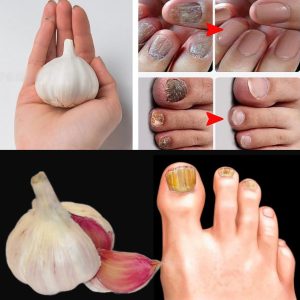Hand infections are common and can range from mild to severe, potentially leading to significant morbidity if not properly treated.
Understanding the types, causes, symptoms, and management of hand infections is crucial for both healthcare professionals and the general public. This article aims to provide an overview of hand infections, their causes, symptoms, diagnosis, and treatment options.
Types of Hand Infections:
Hand infections can be categorized based on the anatomical location and the type of microorganism involved. The most common types of hand infections include:
1. Skin and soft tissue infections: These infections involve the skin, subcutaneous tissue, and sometimes the underlying fascia and muscles. They can be caused by bacteria, fungi, or viruses.
2. Paronychia: An infection that affects the tissue around the nail. It can be acute or chronic and is often caused by bacteria, most commonly Staphylococcus aureus.
3. Felon: An infection of the pulp of the fingertip. It is usually caused by a penetrating injury or the spread of infection from a paronychia.
4. Deep space infections: These infections involve deeper structures of the hand, such as tendons, joints, and bones. They are often caused by bacteria and can be serious if not treated promptly.
Causes and Risk Factors:
Hand infections can be caused by a variety of microorganisms, including bacteria, fungi, and viruses. The most common bacterial causes include Staphylococcus aureus and Streptococcus species. Fungal infections are less common but can occur, especially in immunocompromised individuals. Viral infections such as herpes simplex virus can also affect the hand.
Several factors can increase the risk of developing a hand infection, including:
– Trauma or injury to the hand, such as cuts, puncture wounds, or animal bites
– Poor hand hygiene
– Diabetes or other conditions that weaken the immune system
– Nail biting or picking
– Occupation or hobbies that involve frequent hand contact with water, chemicals, or soil
Symptoms:
The symptoms of a hand infection can vary depending on the type and severity of the infection. Common symptoms include:
– Pain, swelling, and redness in the affected area
– Warmth to the touch
– Pus or discharge from the wound
– Difficulty moving the affected finger or hand
– Fever and chills in severe cases
Diagnosis:
Diagnosing a hand infection usually involves a physical examination and, in some cases, laboratory tests. The healthcare provider will examine the affected hand, looking for signs of infection such as redness, swelling, and warmth. They may also take a sample of any pus or discharge for laboratory analysis to identify the causative microorganism.
Treatment:
Treatment for hand infections depends on the type and severity of the infection. In general, treatment may include:
– Antibiotics: If the infection is caused by bacteria, antibiotics are usually prescribed. The type of antibiotic will depend on the causative organism and the severity of the infection.
– Incision and drainage: For certain types of hand infections, such as abscesses, the healthcare provider may need to drain the pus to relieve pressure and promote healing.
– Immobilization: In some cases, immobilizing the affected finger or hand with a splint may be necessary to prevent further injury and promote healing.
– Pain management: Over-the-counter or prescription pain medications may be recommended to alleviate pain and discomfort.
– Wound care: Keeping the wound clean and dry is important to prevent further infection. The healthcare provider may provide instructions on how to care for the wound at home.
Prevention:
Preventing hand infections involves practicing good hand hygiene and taking precautions to avoid injuries. Some tips to reduce the risk of hand infections include:
– Washing hands regularly with soap and water
– Keeping nails clean and trimmed
– Avoiding biting or picking at nails
– Using gloves when working with chemicals, soil, or other substances that can cause skin irritation
– Seeking prompt medical attention for cuts, puncture wounds, or other injuries to the hand
Conclusion:
Hand infections are common and can range from mild to severe. Understanding the types, causes, symptoms, and treatment options for hand infections is important for both healthcare professionals and the general public. Practicing good hand hygiene and taking precautions to avoid injuries can help reduce the risk of developing a hand infection. If you suspect you have a hand infection, seek prompt medical attention for proper diagnosis and treatment.

